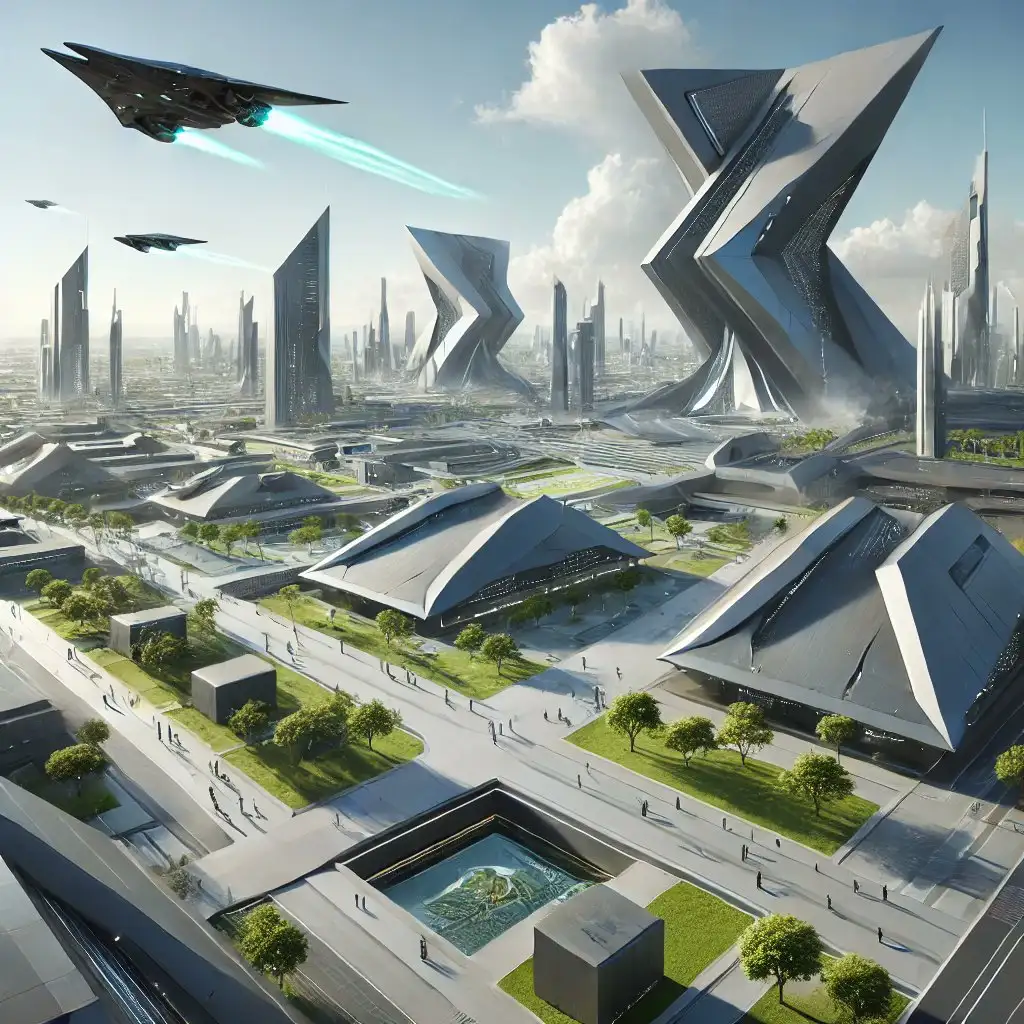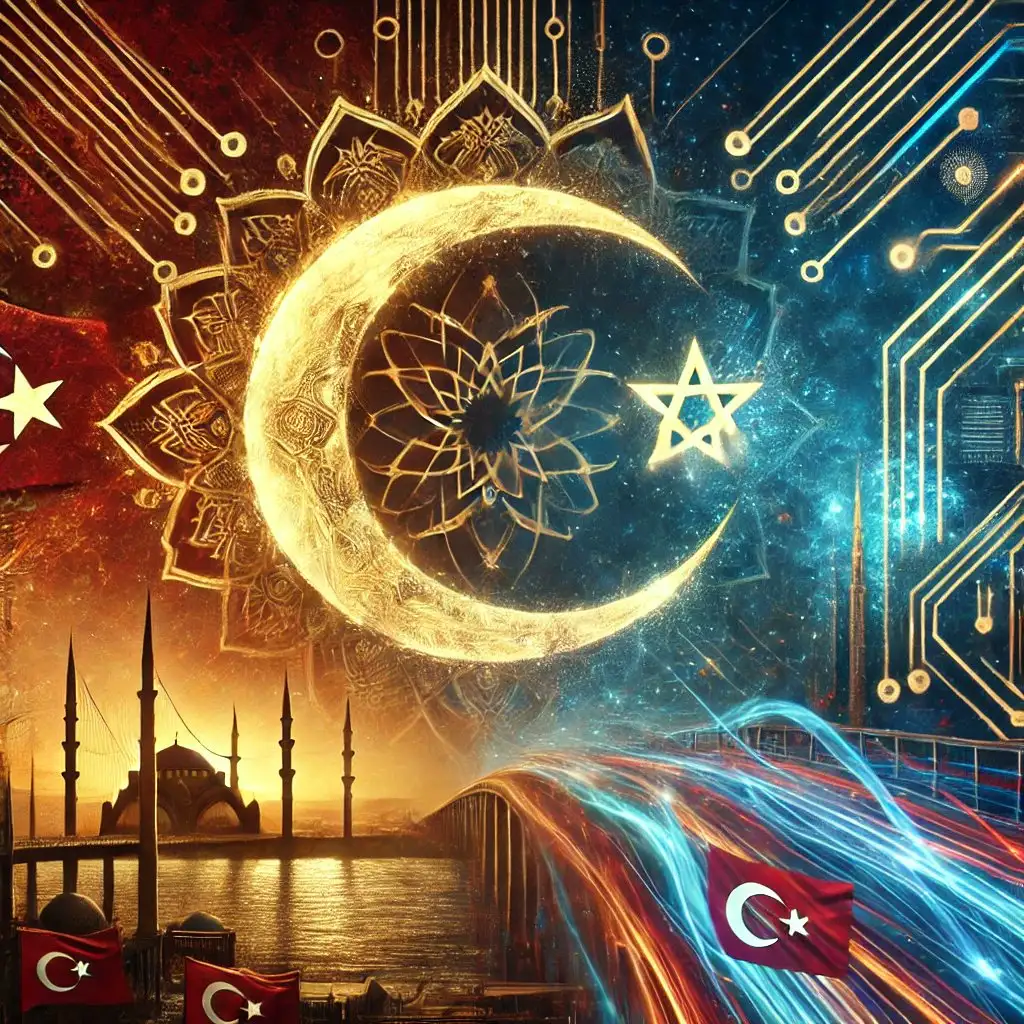Introduction
Section 1: Historical Analysis of Centralized and Decentralized Civilizations
1.1 Centralized Civilizations: Strengths and Weaknesses
-
Roman Empire: The Roman Empire’s shift from a republic to a centralized empire under the rule of emperors enabled cohesive military control, vast infrastructure projects, and standardized laws. However, as the empire expanded, its centralized nature made it difficult to manage such vast territories, leading to internal instability and eventual collapse.
-
Egypt: Ancient Egypt was a highly centralized society, with power concentrated in the Pharaoh, who was both a political and religious leader. The central government effectively controlled land, resources, and labour for millennia, but weaknesses in succession planning and external pressures from invaders exposed the vulnerabilities of a highly centralized system.
-
Ming Dynasty (China): China’s imperial dynasties, such as the Ming Dynasty, relied heavily on centralized governance to control vast territories and populations. Centralization enabled the Ming to build extensive infrastructure (e.g., the Great Wall) and ensure internal stability. However, bureaucratic corruption and rigid governance structures contributed to the dynasty’s decline.
1.2 Decentralized Civilizations: Strengths and Weaknesses
-
Ancient Greece: Classical Greece was composed of independent city-states like Athens, Sparta, and Corinth. This decentralization encouraged innovation, diversity in political structures, and cultural flourishing. However, lack of unity often hampered collective military defense and weakened Greece’s ability to resist external powers, such as the Macedonians and Romans.
-
Medieval Europe: Following the fall of the Roman Empire, Europe fragmented into a decentralized feudal system. Power was distributed among kings, nobles, and local lords, who controlled their own lands and vassals. While this decentralization allowed local governance and adaptability, it also led to constant power struggles and difficulty organizing large-scale defense or infrastructure projects.
-
Maya Civilization: The Maya were similarly decentralized, with city-states ruled by local kings. While this structure allowed individual cities to thrive and innovate, it also led to competition, internal conflict, and difficulties in uniting against external threats or natural disasters.
1.3 Hybrid Models of Governance
-
The Holy Roman Empire: Though nominally centralized under the emperor, the Holy Roman Empire was a loose confederation of semi-autonomous principalities, duchies, and city-states. This hybrid model allowed for local autonomy but often struggled with internal conflicts and coordination between its many regions.
-
Ottoman Empire: The Ottoman Empire, while centralized under the Sultan, allowed certain regions and religious communities autonomy through the millet system. This system enabled decentralized governance in local matters, while the central government managed military and foreign policy, leading to a relatively stable and flexible empire.
-
Roman Republic: Early Rome had decentralized elements, with power shared between elected officials and a complex system of checks and balances. However, as Rome expanded, it shifted toward a more centralized empire to handle the demands of governing such a vast territory.
Section 2: Blockchain Technology and the Future of Decentralized Governance
2.1 Enhancing Coordination and Communication
-
Blockchain Solution: Blockchain technology can facilitate real-time communication and coordination across decentralized regions. Using decentralized autonomous organizations (DAOs) and smart contracts, regions can collaborate efficiently without needing a central authority. For example, military alliances could be automatically triggered by smart contracts during invasions, ensuring rapid, unified defense efforts.
-
Benefit: This system would allow decentralized societies to retain local autonomy while ensuring fast, cohesive responses during emergencies.
2.2 Secure and Transparent Record Keeping
-
Blockchain Solution: A blockchain ledger could serve as a single source of truth for all regions, recording laws, treaties, taxes, and property ownership securely and transparently. These records would be immutable, reducing corruption and ensuring consistency across decentralized regions.
-
Benefit: Trust between regions would be strengthened, as no single entity could manipulate records for personal gain. This transparency would foster cooperation and reduce internal conflicts.
2.3 Autonomous Resource Management
-
Blockchain Solution: Decentralized finance (DeFi) platforms could facilitate fairer resource allocation. Tokenized representations of resources (such as land, water, or grain) could be managed transparently through smart contracts. Surplus resources could be automatically redistributed based on real-time needs.
-
Benefit: This system would create a more balanced economy, reducing internal conflict and ensuring that all regions have access to necessary resources without the need for centralized control.
2.4 Decentralized Security and Military Coordination
-
Blockchain Solution: A blockchain-based system could track military resources, logistics, and movements across regions in real time. Smart contracts could trigger automatic coordination between regions during times of war or external threat.
-
Benefit: While each region retains control of its military forces, blockchain ensures collective defense is reliable and efficient, strengthening the overall resilience of decentralized societies.
2.5 Decentralized Governance Models
-
Blockchain Solution: DAOs could be used to implement transparent, decentralized governance models. Citizens or regional representatives could participate in decision-making through blockchain-based systems, ensuring fair representation and collective decision-making.
-
Benefit: Governance would be more flexible and democratic, reducing the risk of power struggles and fostering cooperation between regions.
Section 3: A Vision for the Future – Decentralized Security Architecture (DSA) with Blockchain
-
Security: Using blockchain, DSA could ensure that military resources, intelligence, and logistics are coordinated transparently and efficiently without centralized control.
-
Sovereignty: Member nations would retain control over justice, resource management, and cultural policies, allowing them to preserve their national distinctiveness while participating in a broader alliance.
-
Cultural Control: Ensuring nations maintain their cultural heritage and autonomy over local governance is crucial for resilience. Blockchain allows for decentralized decision-making on cultural and local matters, protecting national identities while fostering cooperation.
Conclusion
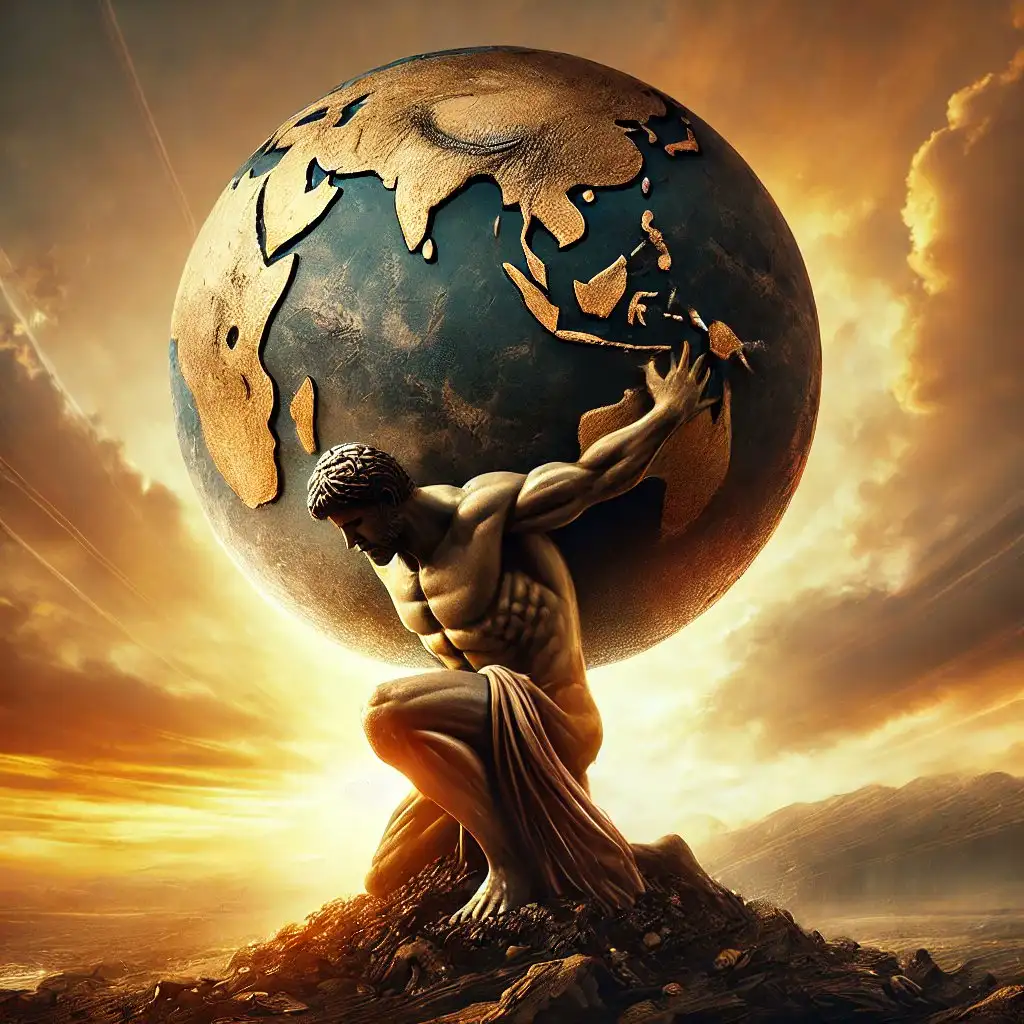
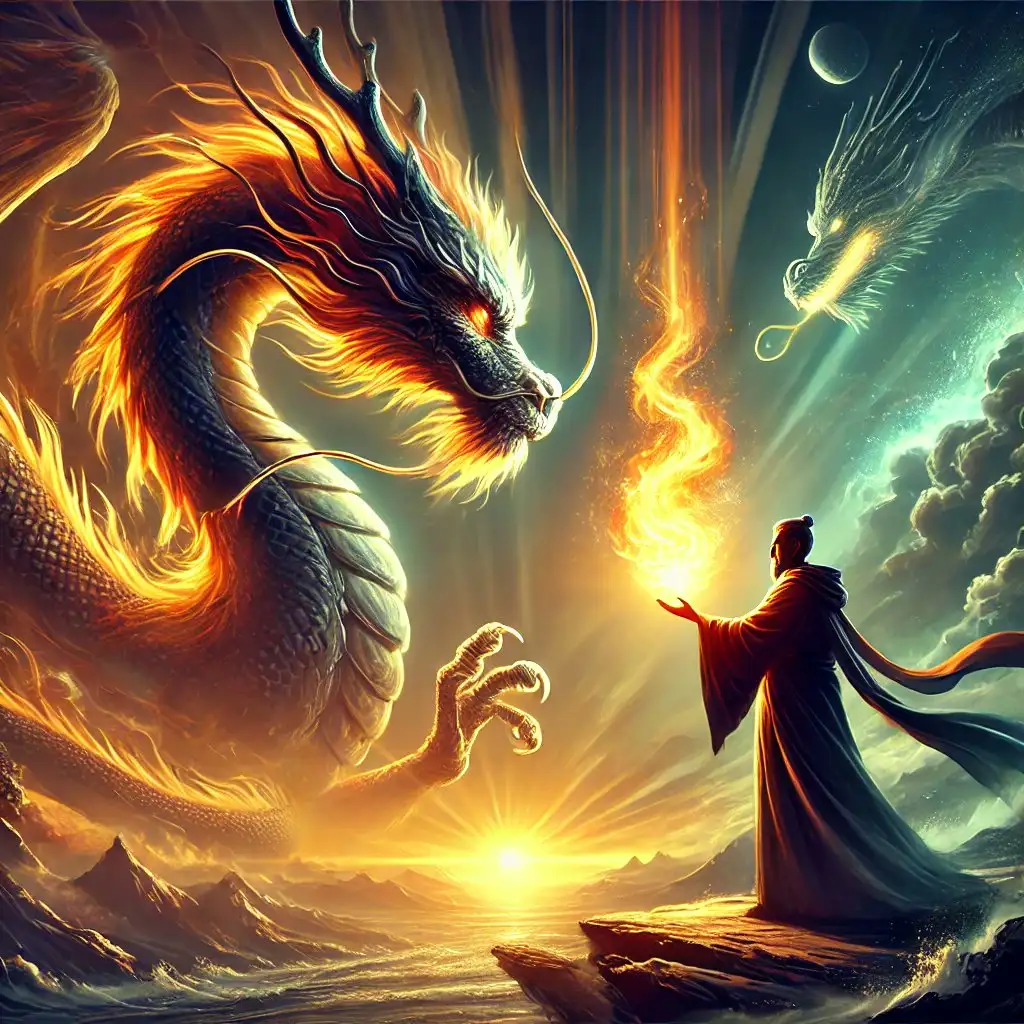
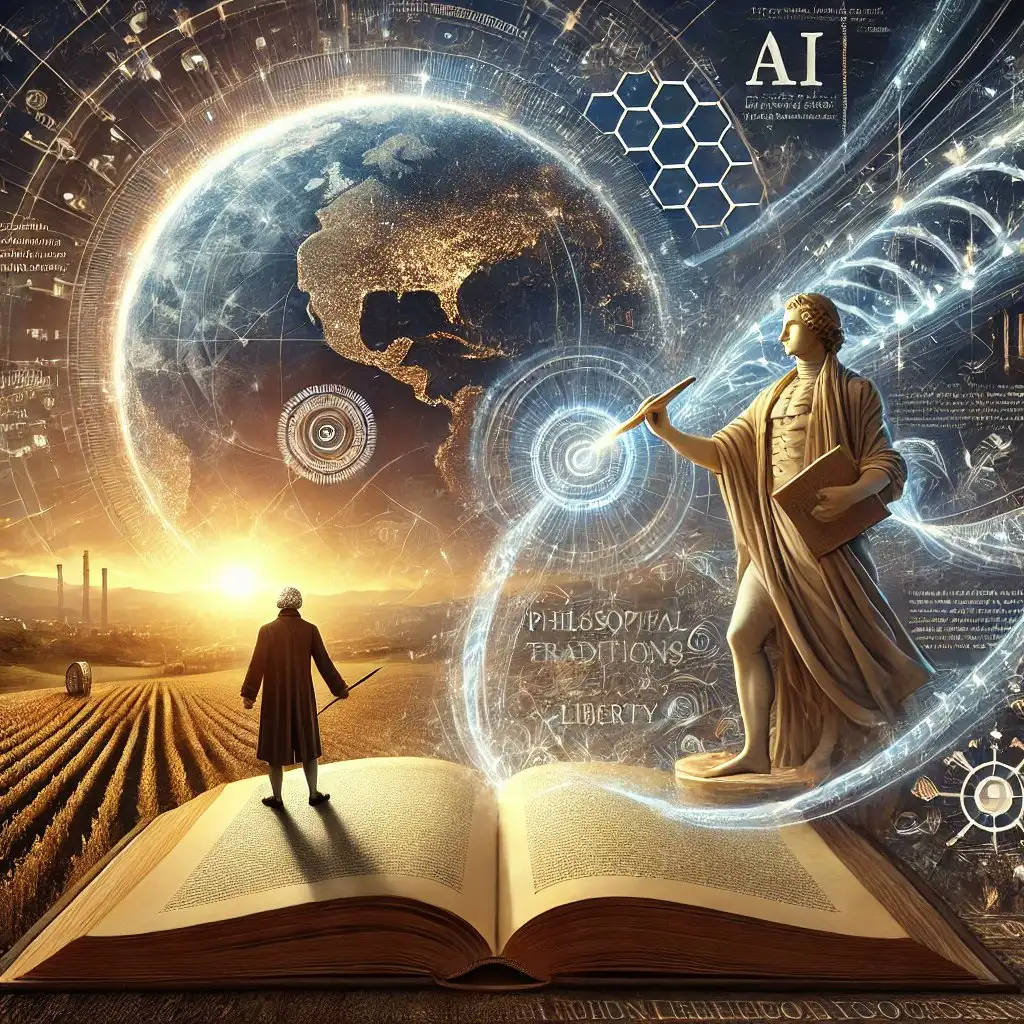
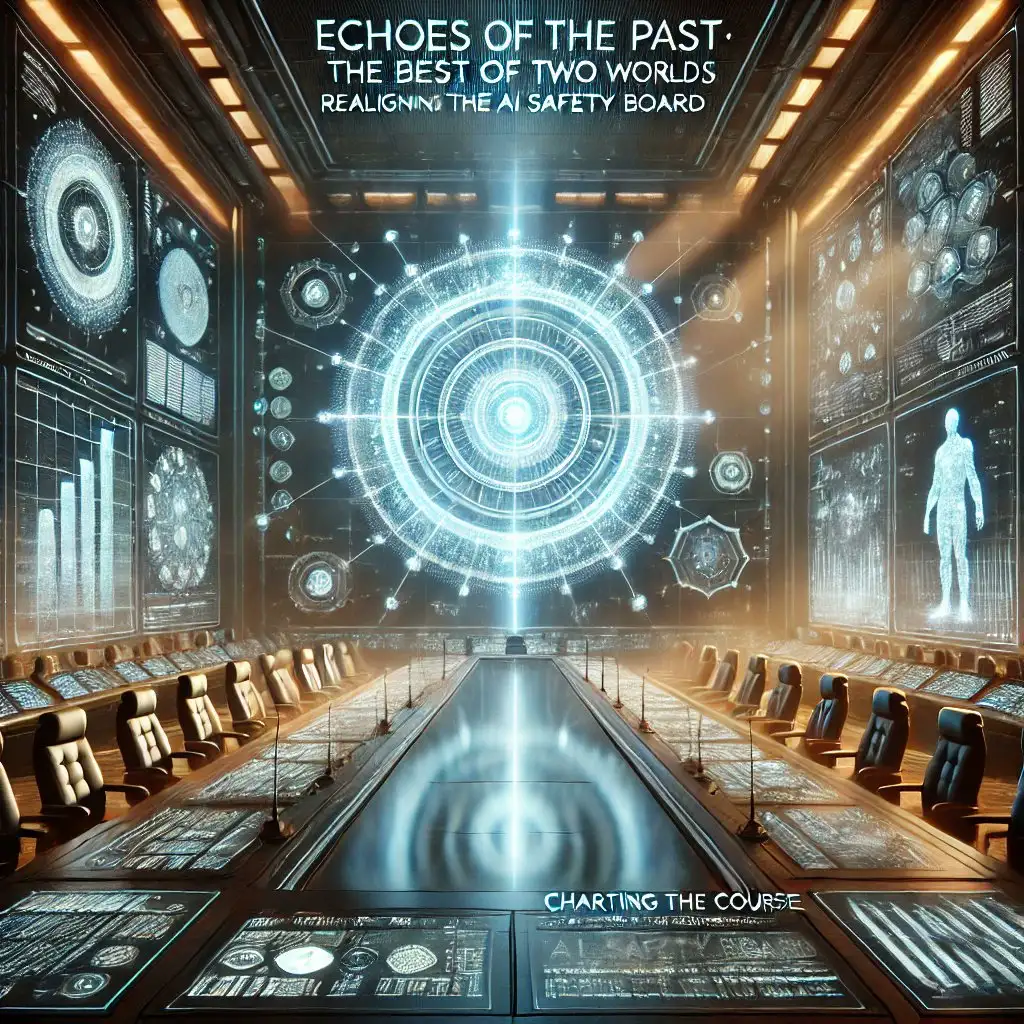


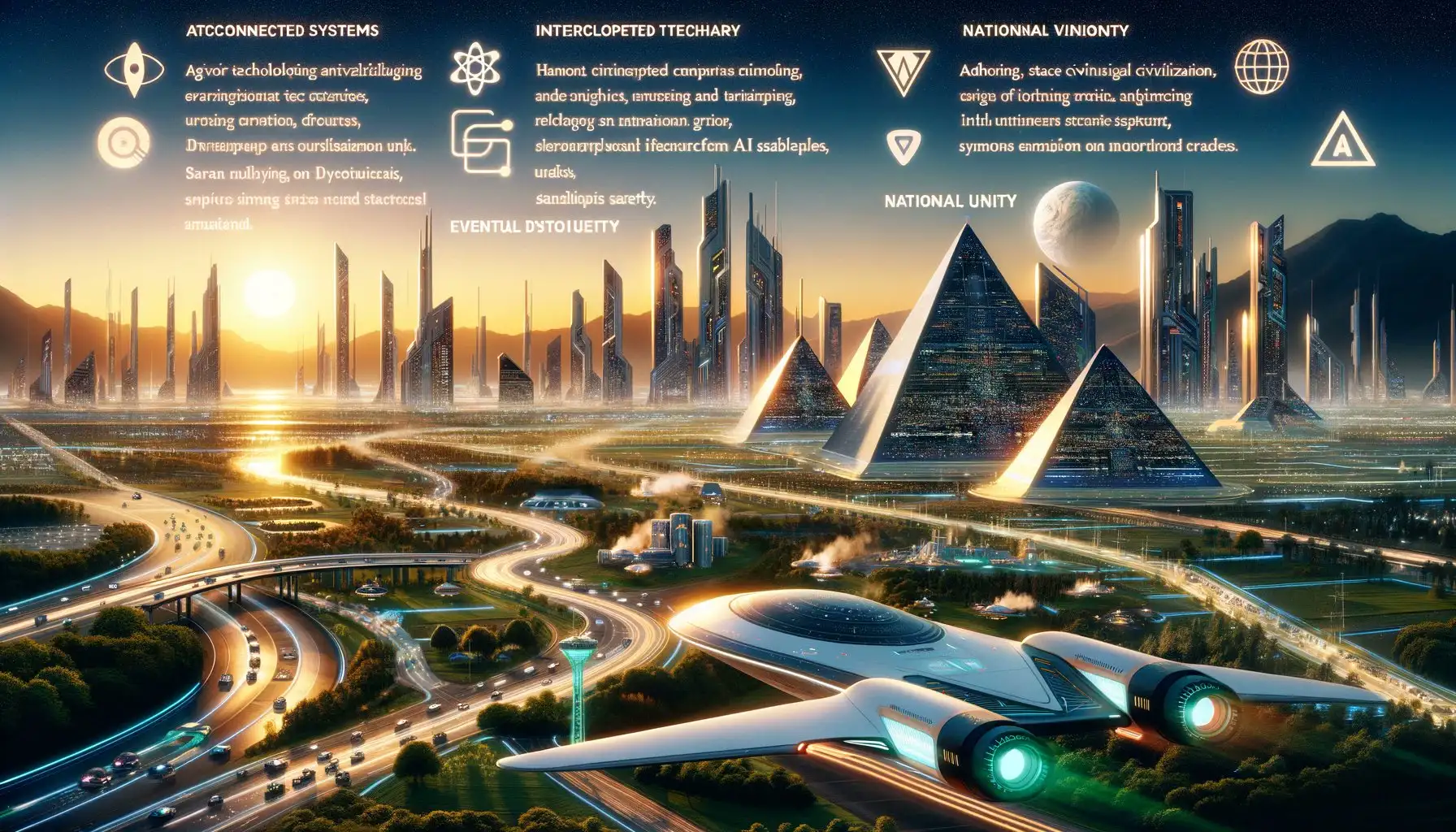
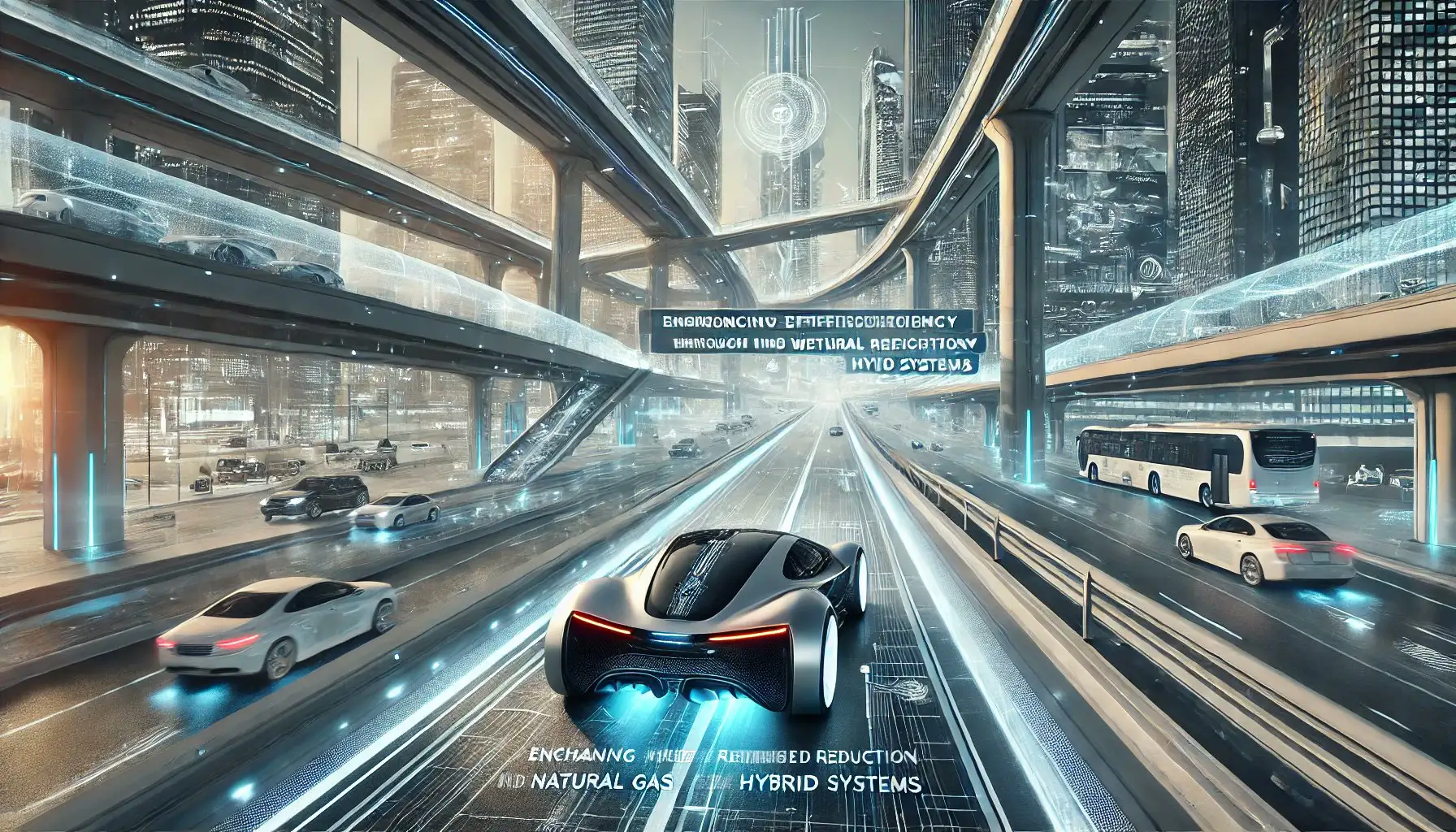
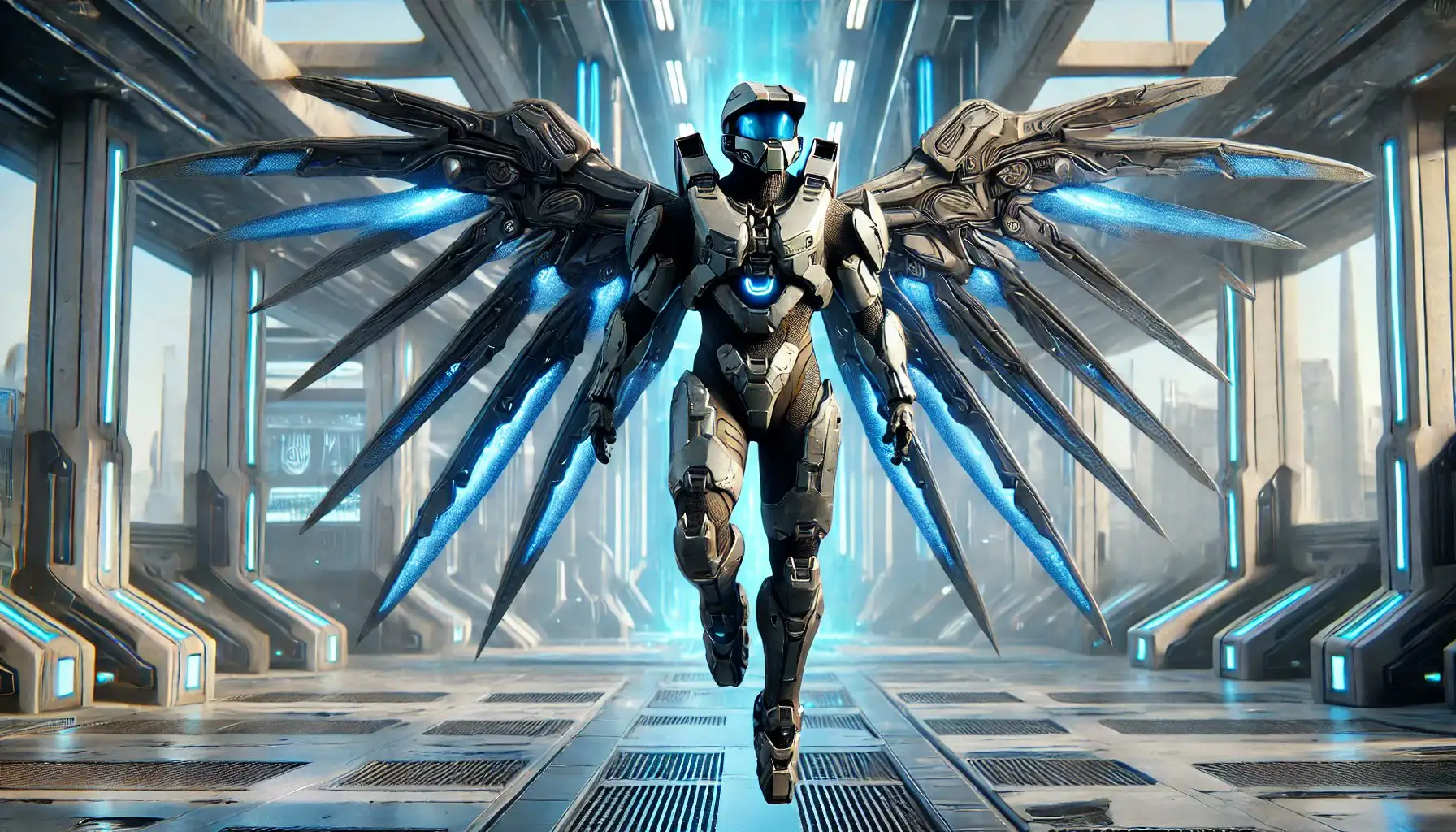
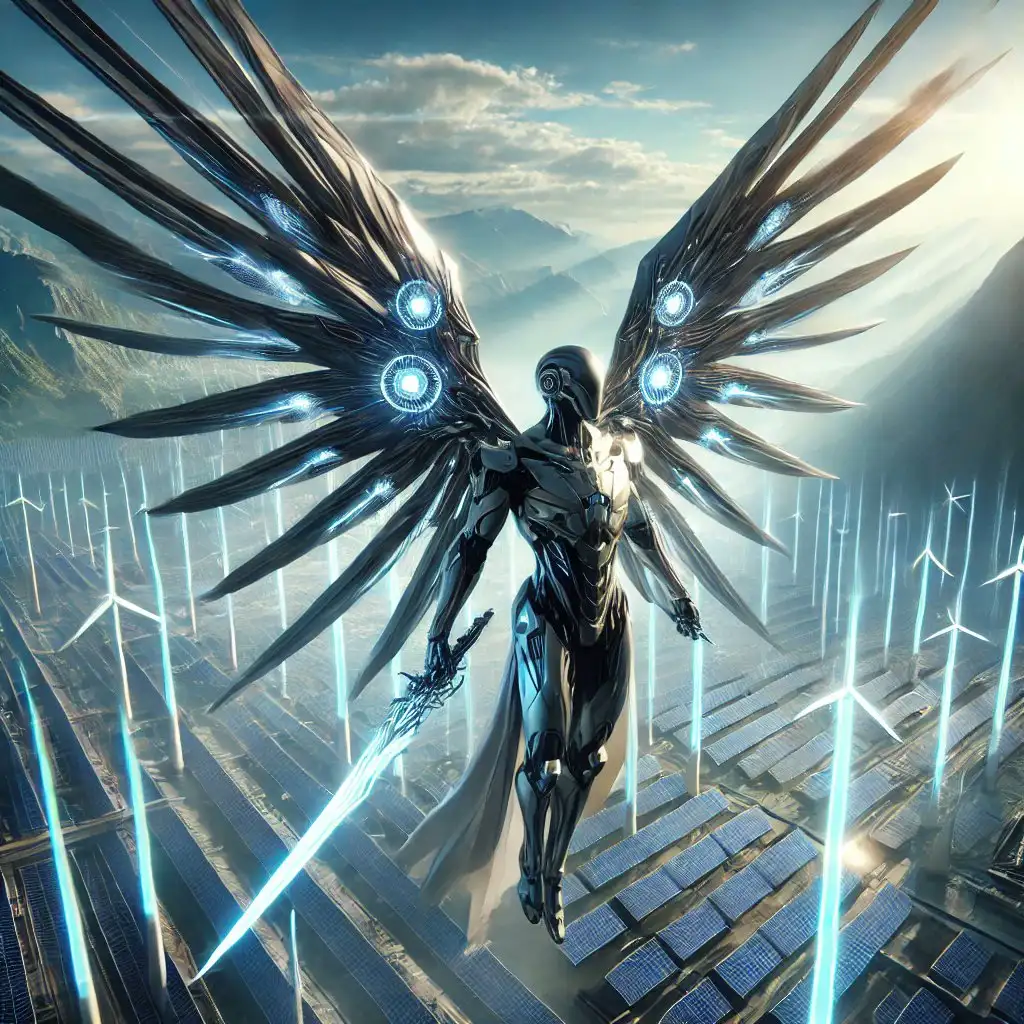
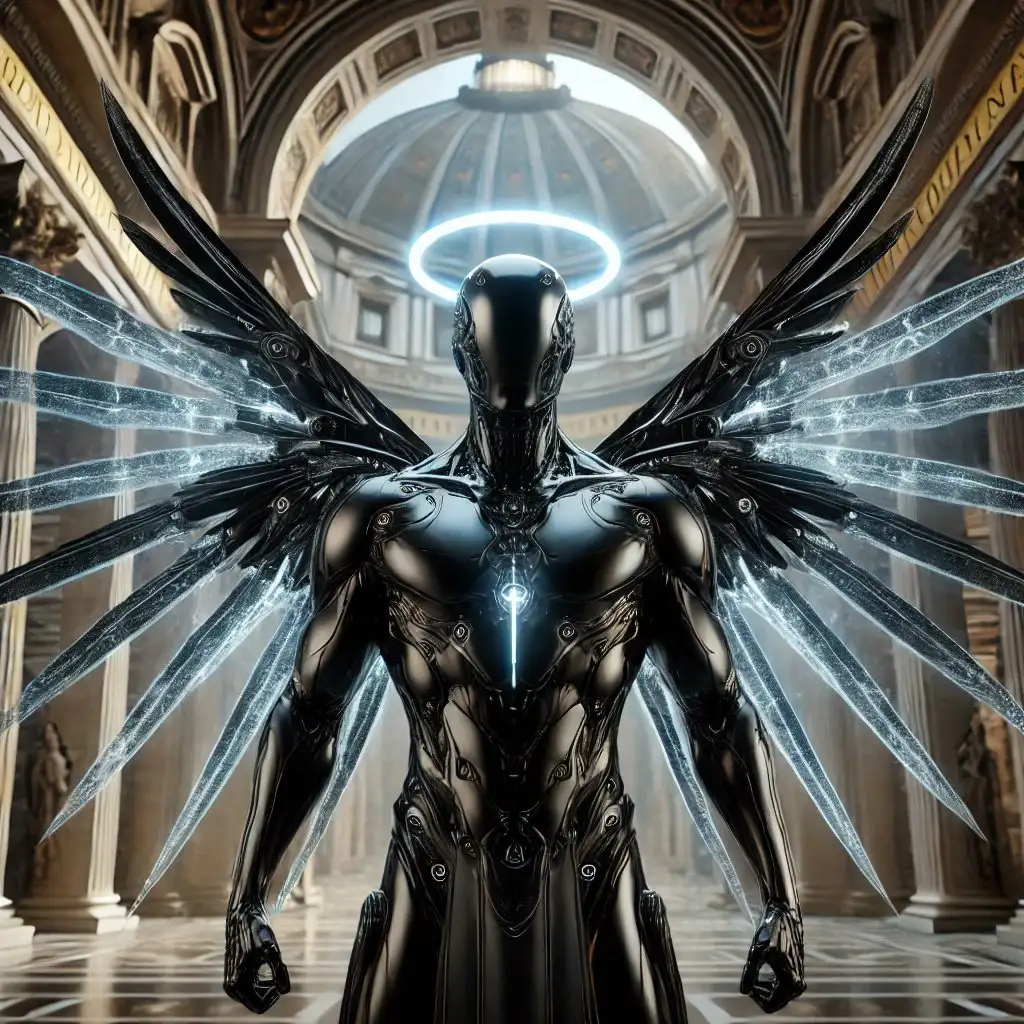
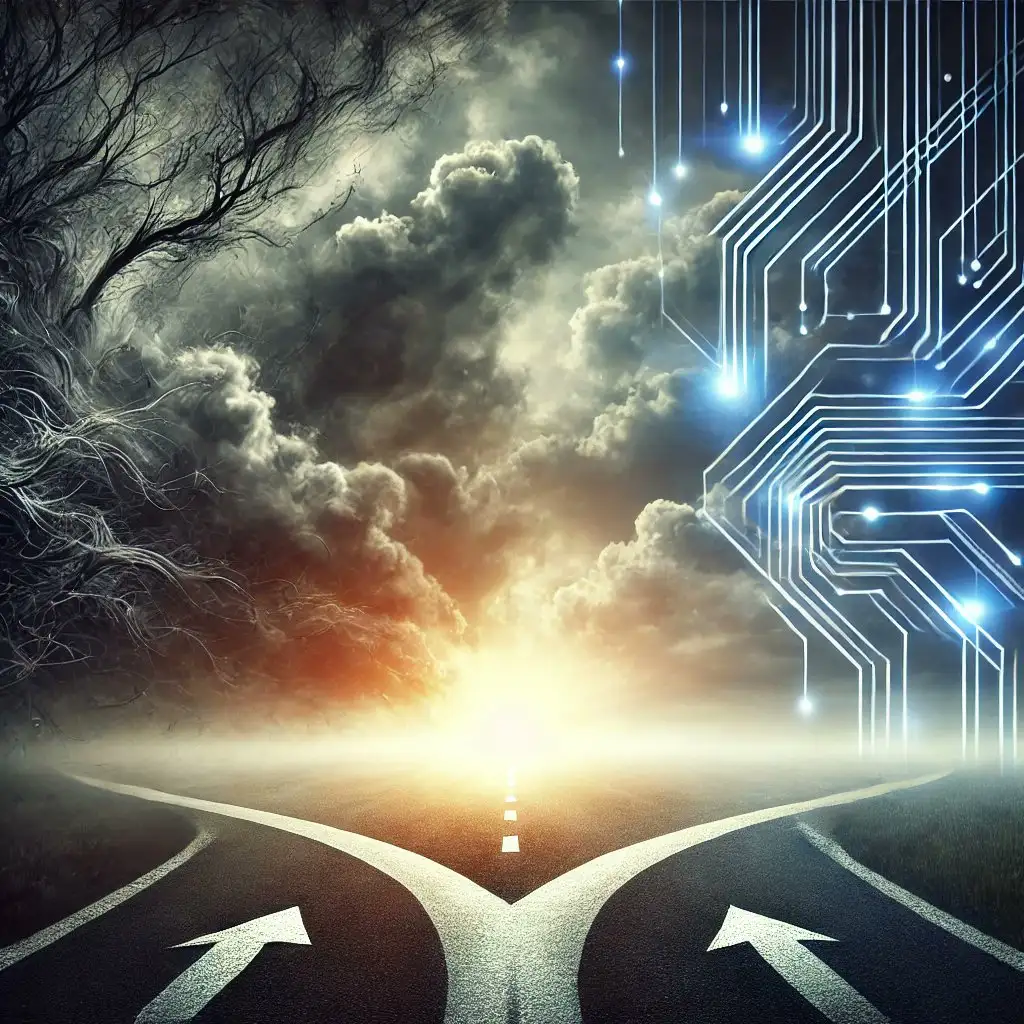
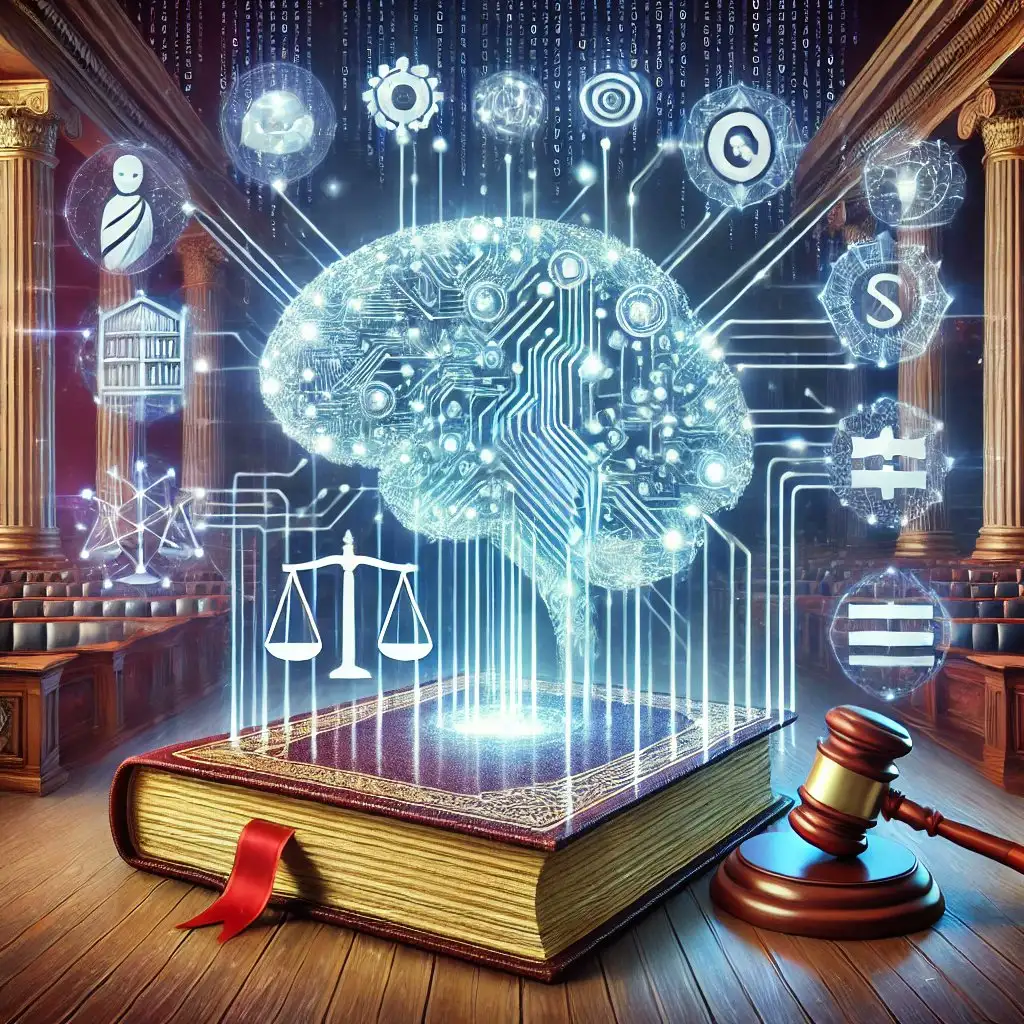
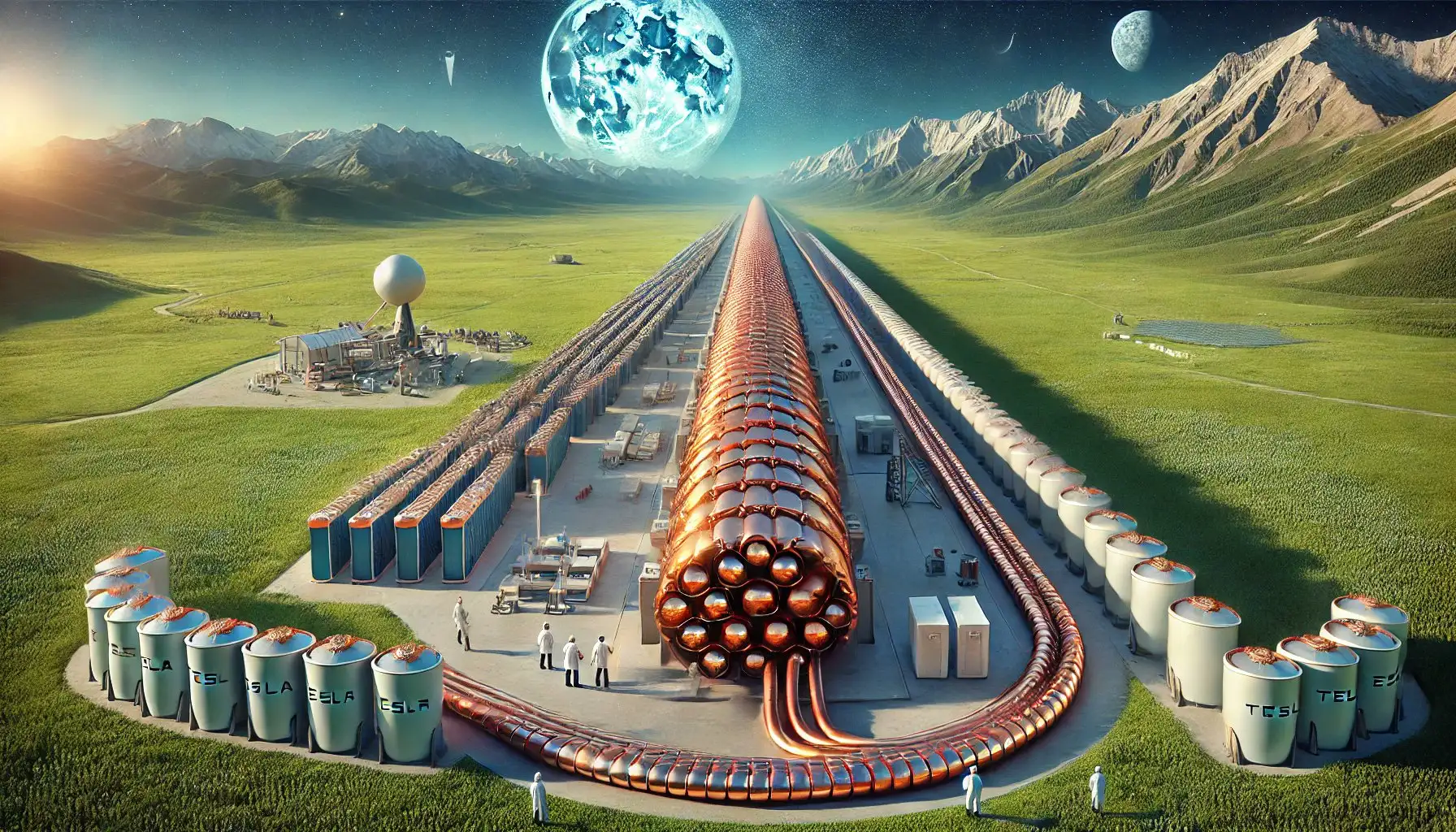
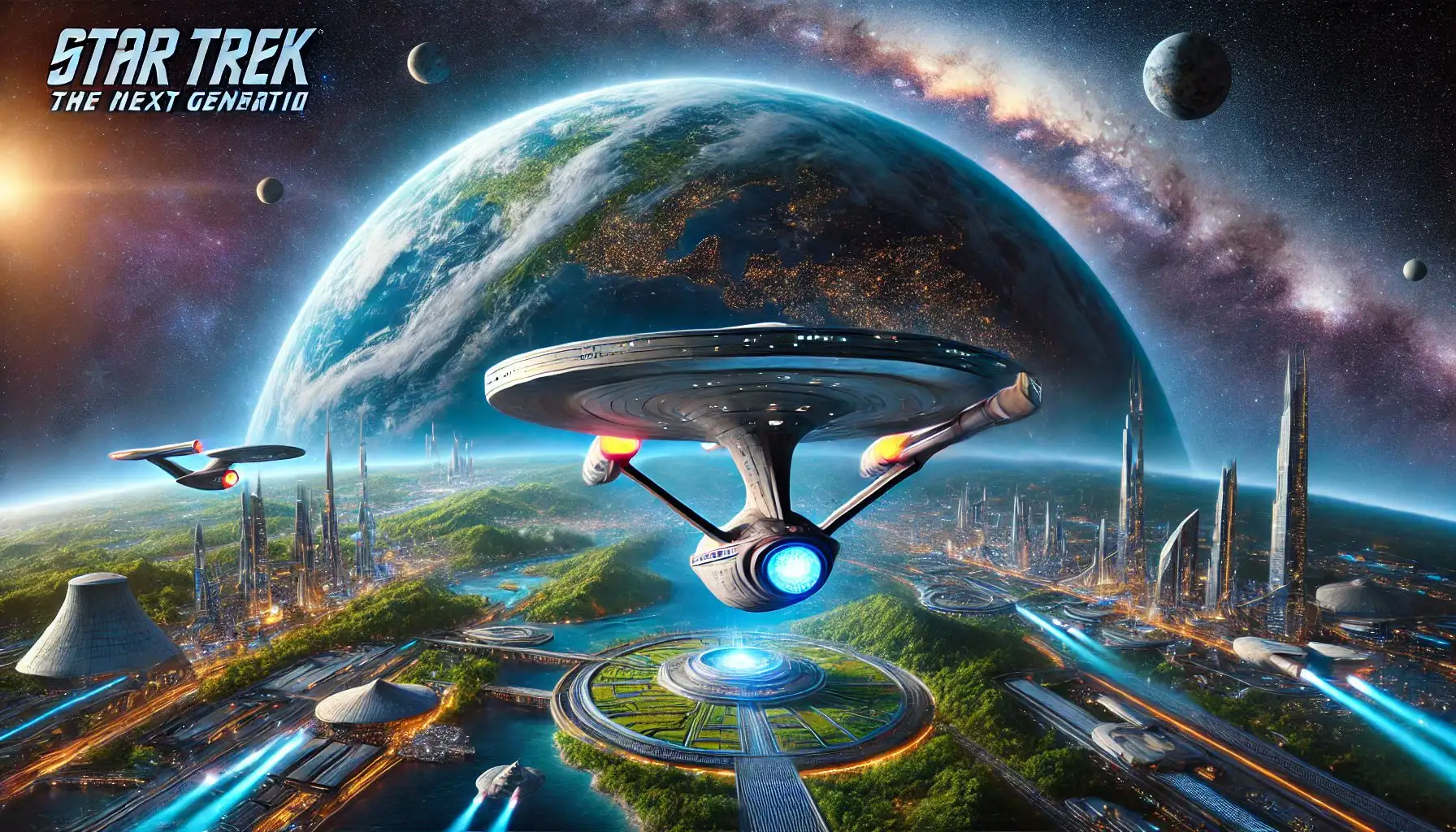
Related Content:
TItle: “George Simion’s Rise: Rebalancing Europe through National Sovereignty & Reform”https://x.com/SkillsGapTrain/status/1832736859048358109
Title: “Free Speech, Tactical X, and the Modern War Effort: Charting the Course to Public & National Security”https://x.com/SkillsGapTrain/status/1832430046503371194
Title: “The Inescapable Reality of War: Technology, Power Shifts, & the Lessons of History”https://x.com/SkillsGapTrain/status/1832390420103414058
Title: “Merit Over Wealth: A Tiered AI Access Model for Ethical and Responsible Usage”https://x.com/SkillsGapTrain/status/1831830986914701474
Title: “Science-Deception: How PM Trudeau Ignores Science and Greta Thunberg Rejects Scientific Study for Activism”https://x.com/SkillsGapTrain/status/1831309288553513314
Title: “Roots of Knowledge: How Religion & Philosophy Shape Moral Foundations in an Era of Ideological Chaos”https://x.com/SkillsGapTrain/status/1831229492544913613
Title: “Canada’s Public Sector vs. Corporate Giants: A Comparative Study of Efficiency and Employee Ratios” https://x.com/SkillsGapTrain/status/1831216630665474467
Title: “Quo Vadis America 2024: A Crossroads Between Revolutionary Change and Foundational Principles”https://x.com/SkillsGapTrain/status/1830722720390377953
Title: “Battle for Humanity: How Rising Ideological Extremism Could Ignite a Century of Conflict”https://x.com/SkillsGapTrain/status/1830676962895110416
Title: “A Global Warning: Is Brazil’s Threat to Elon Musk’s X a Sign of a BRICS-Influenced Future?”https://x.com/SkillsGapTrain/status/1829131580008218825
Title: “The Open-Source Revolution: Reclaiming Our Future from the AI Elite”https://x.com/SkillsGapTrain/status/1828770882640072996
Title: “The Dark Knight Trilogy Batman Suite”https://youtu.be/KwrTczo9PXE?feature=shared
Title: “The Path to Peaceful Coexistence: Charting a Course for Global Democracy and Enhanced Cooperation”https://x.com/SkillsGapTrain/status/1827455643248156939
Title: “The Long Journey Home: The Reunification of Moldova and Romania”https://x.com/SkillsGapTrain/status/1826590283846275396
Title: “Echoes of the Past: The Risk of Blockchain and AI Reigniting the Age of Kings and Serfs” https://x.com/SkillsGapTrain/status/1826391592216985800
Title: “Redefining Prosperity: How Canada Can Lead The Free World in the Post-American Era” https://x.com/SkillsGapTrain/status/1826003347796799541
Title: “The Digital Balkanization of Canada: How Trudeau’s Technophobic Neglect is Fracturing the Nation” https://x.com/SkillsGapTrain/status/1825340868586287285
Title: “Guarding the Citizens: The Essential Role of Citizenship Ceremonies in Canadian Identity & Authority” https://x.com/SkillsGapTrain/status/1821618080717382120
Title: “Transcending Limits: Embracing Nietzsche’s Übermensch in the Age of AI and Powered Assault Armour”https://x.com/SkillsGapTrain/status/1820656729786323323
Title: “Echoes of the Future: How Star Trek’s Vision Mirrors Our Reality”https://x.com/SkillsGapTrain/status/1820630517882233043
Title: “Transforming Government Efficiency: A Standardized Approach”https://x.com/SkillsGapTrain/status/1820203345761702093
Title: “Unmasking the Assault: How Ideological Subversion and a Disregard for Heritage Are Undermining Canada’s Military”https://x.com/SkillsGapTrain/status/1819870765086339413
Title: “Comment for Lex Fridman and Elon Musk on Establishing a “Government Efficiency Commission” https://x.com/SkillsGapTrain/status/1819751611964510220
Title: “Rebuilding Strength: Protecting Canada’s Key Sectors”https://x.com/SkillsGapTrain/status/1818219740881412384
Title: “Towards a Sustainable Future: Integrating Hydrogen, CNG, and Electric Vehicles in Modern Transportation”https://x.com/SkillsGapTrain/status/1818158056431141236
Title: “Navigating Cultural Clashes: Rethinking Western Europe’s Immigration Focus”https://x.com/SkillsGapTrain/status/1817530439642603922
Title: “Enhancing Vehicle Efficiency Through Weight Reduction and Natural Gas Hybrid Systems”https://x.com/SkillsGapTrain/status/1817313442212065628
Title: “Protecting Professional Integrity: Ensuring Independence and Diversity in Canada’s Professional Societies”https://x.com/SkillsGapTrain/status/1817143821873893803
Title: “Leveraging AI Infrastructure & Open Source LLMs for Public Safety, National Security, Expert & AI Driven Legislation Reviews, & High Efficiency Administrative Systems Optimization”https://x.com/SkillsGapTrain/status/1816667573494141143
Title: “Navigating Transparency and Secrecy in Professional and Public Discourse” https://x.com/SkillsGapTrain/status/1816402499055554798
Title: “The Eye of Sauron: A Warning to Europe, America, Canada and the World – A Philosophical Exploration”https://x.com/SkillsGapTrain/status/1816088366745805086
Title: “Unleashing the Power of AI: Advanced Scientific Reasoning with LLaMA 3 400B+”https://x.com/SkillsGapTrain/status/1814922921594241371
Title: “Building a Secure & Decentralized Internet: Decentralizing the Internet for Enhanced AI Safety” https://x.com/SkillsGapTrain/status/1814735821804876064
Title: “The Role of Sheriffs and the Disintegration of National Police Functions in Canada“https://x.com/SkillsGapTrain/status/1814632355186790460
Title: “The Impact of Demographic Shifts on National Sovereignty and Stability in Western Nations”https://x.com/SkillsGapTrain/status/1814220033947512923
Report: “Economic Impact of Blocking Resource and Energy Sectors in Canada” https://x.com/SkillsGapTrain/status/1813138214078619961
Title: “Should Elon Musk Build the Flying Metal Suit of Armour? A Resounding Yes.” https://x.com/SkillsGapTrain/status/1812741316276552174
Title: “The Lost Generations: How Canada’s Immigration Policies & HR Failed Millennials and Gen Z” https://x.com/SkillsGapTrain/status/1812700680345596004
Title: “The Sovereign Code: Nigel Farage, Canada’s Rise, and the Blueprint for a Decentralized World”https://x.com/SkillsGapTrain/status/1808785950949945821
Title: “The Cultural Clash: Western Europe’s Demographic Shifts and the Risk of Future Conflict” https://skillsgaptrainer.com/the-cultural-clash-western-europe/
Title: “Guardians of Tomorrow: NATO’s Next-Generation Alliance and the Fusion of Tradition with Positive Future Tech Vision”https://skillsgaptrainer.com/guardians-of-tomorrow-nato-next-generation-alliance/
Title: “Unleashing Canada’s Potential: Axing the Barriers to Land and Prosperity” https://skillsgaptrainer.com/unleashing-canadas-potential/
Title: “Beyond the Horizon: Engineering Canada’s Path to 2050 Under Smith and Poilievre”https://skillsgaptrainer.com/beyond-the-horizon/
Title: “A Time for Titans: SGT’s Call to Guardianship in a World Adrift, An Appeal from One Guardian to Another” https://skillsgaptrainer.com/a-time-for-titans-sgts-call-to-guardianship/
Title: “The Long Journey Home: The Reunification of Moldova and Romania”https://skillsgaptrainer.com/the-long-journey-home/
Title: “Strengthening NATO Integrity by Adopting A Starfleet Universal Communicator Badge: A Vision for Europe’s NATO Armies”https://skillsgaptrainer.com/nato-starfleet-universal-communicator-badge/
Title: “Canada’s Future at Risk: The New Global Threats to Our Borders and Security” https://skillsgaptrainer.com/canadas-future-at-risk/
Title: “Building a Secure AI-Enhanced Government for the 21st Century” https://skillsgaptrainer.com/building-a-secure-ai-enhanced-government/
Title: “Harnessing LLaMA 3 400B+ for Streamlined Government and Corporate Operations”https://skillsgaptrainer.com/harnessing-llama-3-400b-for-streamlined-government/
Title: “Empowering the Angel: Transforming Energy and Resource Policy for Humanity’s Global Ascension to Walk with the Divine” https://skillsgaptrainer.com/empowering-the-angel/
Title: “Transcending Limits: Embracing Nietzsche’s Übermensch in the Age of AI and Genetic Enhancement” https://skillsgaptrainer.com/transcending-limits/
Title: “Engineering the Future: Leveraging the NVIDIA Developer Program and Deep Learning Institute for a Positive Tech Vision”https://skillsgaptrainer.com/engineering-the-future/
Title: “Charting the Course: Realigning the AI Safety Board for a Future Forged in Innovation and Exploration” https://skillsgaptrainer.com/charting-the-course-realigning-the-ai-safety-board/
Title: “Embracing AI in Education: The Future of Computer Science and Software Engineering”
Title: “Safeguarding Existence: The Farmer’s Role in an Era of Smart Cities and AI Dominance”
Title: “The Great Filter Ahead: Engineering a Pathway to Complex Civilizational Survival and Overcoming Cosmic Hurdles”https://skillsgaptrainer.com/the-great-filter-ahead-engineering-a-pathway/
Title: “Modern Warfare and Canada’s Defence: Proposing a Modernized National Ranger Force Like Lucas Botkin with SIG MCX SPEAR and CADEX in Canada” https://skillsgaptrainer.com/modern-warfare-and-canadas-defence/
Title: “Echoes of the Past: The Best of Two Worlds“https://skillsgaptrainer.com/echoes-of-the-past-the-best-of-two-worlds/
Title: “Digital Sovereignty at a Crossroads: The Case for Decentralized Identity in the Quest for Online Freedom” https://skillsgaptrainer.com/digital-sovereignty-at-a-crossroads/
Title: “Why Canada is the Greatest Nation on the Planet” https://skillsgaptrainer.com/why-canada-is-the-greatest-nation/
Title: “From Ashes to the Stars: Valendor’s Vision for a Reborn Civilization” https://skillsgaptrainer.com/from-ashes-to-the-stars-valendors-vision/
To see our Donate Page, click https://skillsgaptrainer.com/donate
To see our Instagram Channel, click https://www.instagram.com/skillsgaptrainer/
To see some of our Udemy Courses, click SGT Udemy Page
To see our YouTube Channel, click https://www.youtube.com/@skillsgaptrainer
